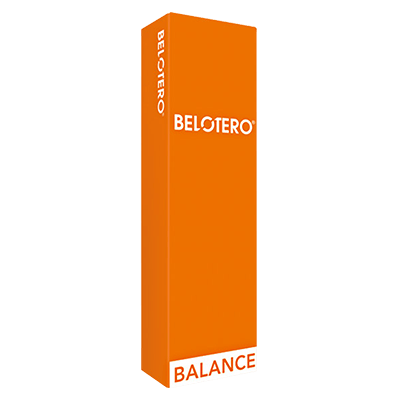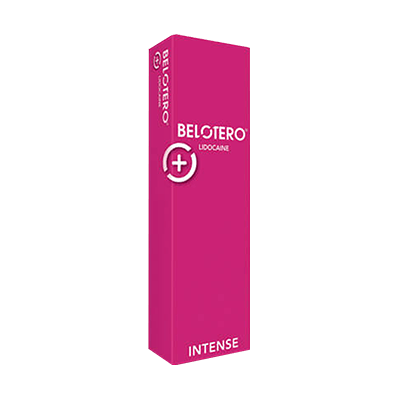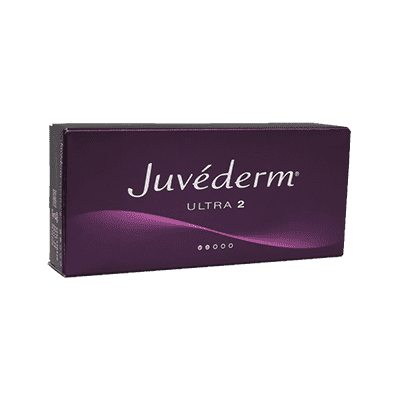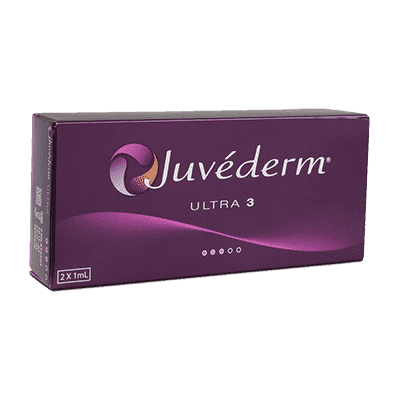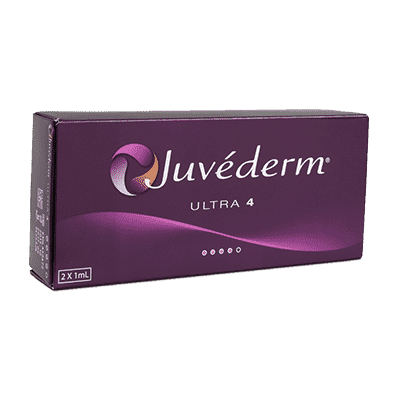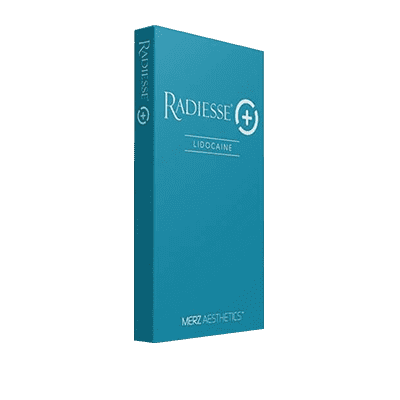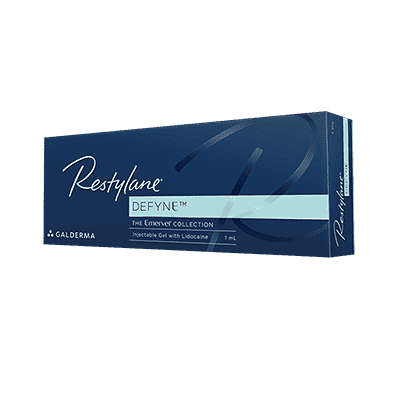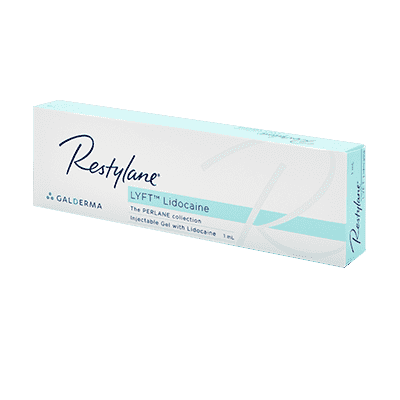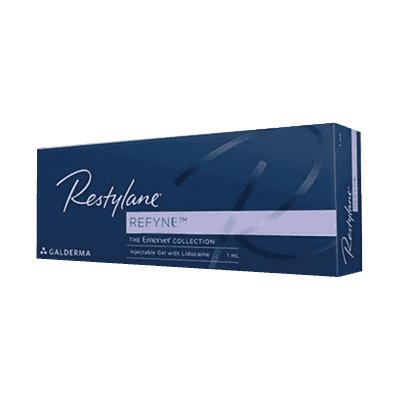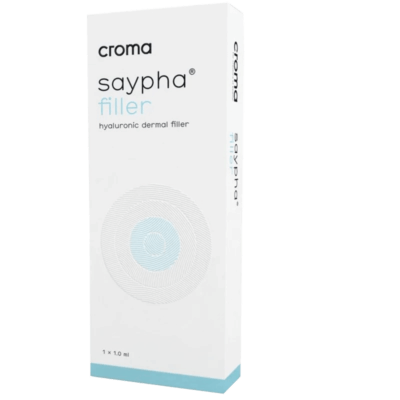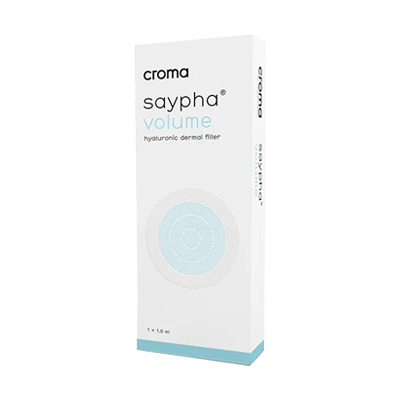Nasolabial folds, commonly referred to as “smile lines” or “laugh lines,” are the deep creases that form between the sides of the nose and the corners of the mouth. These folds become more prominent with age due to the loss of collagen, elastin, and facial fat, leading to a tired or older appearance. Dermal fillers are an effective, non-surgical treatment for softening nasolabial folds, restoring a smoother, more youthful facial contour. Popular fillers for nasolabial folds include Juvederm, Restylane, and Radiesse, all of which can provide quick, noticeable improvements with little to no downtime.
What Are Nasolabial Fold Fillers and How Do They Work?
Nasolabial fold fillers are injectable treatments designed to fill and smooth the deep lines that run from the nose to the mouth. These fillers typically contain hyaluronic acid or calcium hydroxylapatite. Hyaluronic acid fillers plump the skin by attracting moisture, while calcium hydroxylapatite fillers stimulate collagen production, improving skin elasticity and firmness over time. The procedure involves injecting the filler directly into the nasolabial folds, adding volume to the area and smoothing out the lines. This lifts the surrounding skin, giving a more refreshed and youthful appearance. The treatment is non-invasive, with immediate results and minimal recovery time.
Which Nasolabial Fold Filler is Best for You?
The choice of filler for treating nasolabial folds depends on the patient’s skin type, severity of the folds, and the desired outcome. Some of the most commonly used fillers include:
- Juvederm Vollure XC: A hyaluronic acid-based filler that provides a smooth and natural-looking result, lasting up to 18 months.
- Restylane Defyne: Specifically designed for deeper lines like nasolabial folds, it maintains facial flexibility while providing structure and volume.
- Radiesse: A calcium hydroxylapatite filler that not only fills the lines but also stimulates collagen production for longer-lasting results, typically up to 18 months.
A consultation with an experienced injector is crucial to determine the most suitable filler based on the individual’s specific needs and facial anatomy.
How Long Do Nasolabial Fold Fillers Last?
The longevity of nasolabial fold fillers varies depending on the product used and the individual’s metabolism. Most hyaluronic acid fillers, like Juvederm and Restylane, last between 9 and 18 months. Radiesse, a collagen-boosting filler, can last up to 18 months or longer, as it encourages natural collagen production over time. Maintenance treatments are typically recommended to keep the results looking smooth and youthful.
How Many Syringes Are Needed for Nasolabial Folds?
The number of syringes required to treat nasolabial folds depends on the depth of the lines and the desired outcome. On average, 1 to 2 syringes are needed to achieve a noticeable yet natural improvement. In cases of more pronounced folds, additional syringes may be necessary. A conservative approach is often recommended to ensure a balanced and natural result, with the option for further touch-ups during follow-up appointments.
Does Nasolabial Fold Filler Treatment Hurt?
Patients typically experience minimal discomfort during nasolabial fold filler injections. Many fillers contain lidocaine, a numbing agent, which reduces any potential pain during the procedure. A topical anesthetic cream can also be applied before treatment to ensure maximum comfort. After the procedure, some patients may experience mild swelling, redness, or bruising, but these side effects usually subside within a few days.
Benefits of Treating Nasolabial Folds with Fillers
Using dermal fillers to treat nasolabial folds offers several key benefits, including:
- Immediate Results: Fillers provide instant volume and smoothing, with minimal downtime.
- Restored Youthfulness: The deep lines around the nose and mouth are softened, resulting in a more refreshed and rejuvenated appearance.
- Non-Surgical Treatment: Fillers offer a minimally invasive alternative to surgery, with natural-looking results and no significant recovery time.
- Long-Lasting Effects: Depending on the type of filler used, results can last from 9 months to over a year, with some fillers also boosting collagen production for extended benefits.
Maintaining Your Results
To maintain the effects of nasolabial fold fillers, follow-up treatments are usually needed every 9 to 18 months, depending on the chosen filler. Additionally, maintaining a healthy skincare routine and avoiding excessive sun exposure can help prolong the results and keep the skin looking smooth and youthful.
Why You Should Buy Nasolabial Fold Fillers at DKdermal?
At DKdermal, we specialize in providing premium-quality dermal fillers for effective and natural-looking nasolabial fold treatments. Here’s why choosing us for your nasolabial fold filler needs is the best decision:
- Wide Range of Trusted Fillers
We stock top-tier brands such as Juvederm, Restylane, and Radiesse, renowned for their proven results and safety. Our comprehensive selection ensures you find the perfect filler tailored to your patients’ needs.
- Unmatched Quality Assurance
All our products are sourced directly from reputable manufacturers and meet the highest industry standards. With DKdermal, you can trust the authenticity and effectiveness of every filler.
- Competitive Pricing
Our prices are designed to help your clinic maximize profitability while delivering exceptional care. From cost-effective solutions to premium fillers, we cater to every budget.
- Expert Support
Need help choosing the right filler? Our knowledgeable team provides expert guidance to ensure you select the most suitable option for addressing nasolabial folds and achieving optimal results for your clients.
- Fast and Reliable Delivery
With our efficient logistics network, you can count on timely deliveries to keep your clinic running smoothly and avoid any interruptions in service.
- Preferred by Professionals
Medical spas and aesthetic clinics across the UK trust DKdermal for high-quality fillers and outstanding service. Join the growing number of satisfied professionals who rely on us.
Enhance your practice with the finest nasolabial fold fillers from DKdermal. Choose us for exceptional quality, reliable service, and unmatched value.
